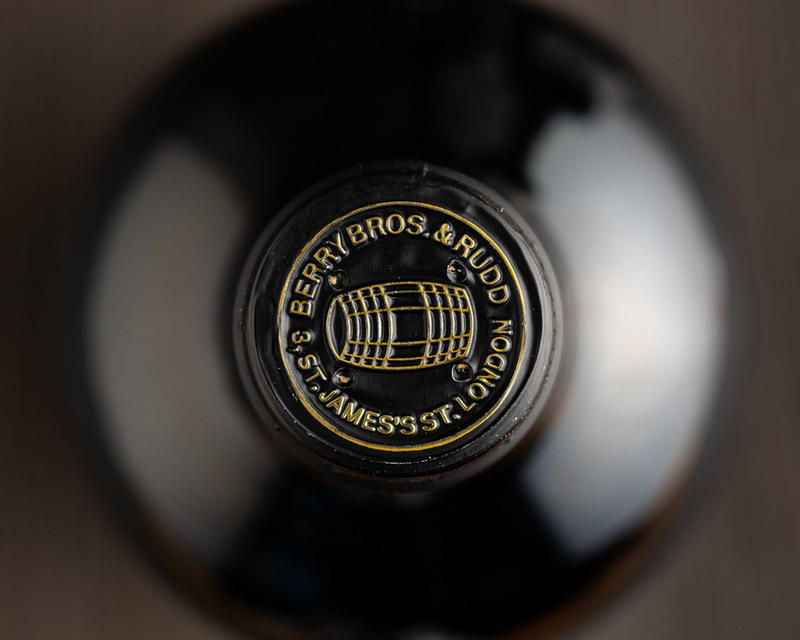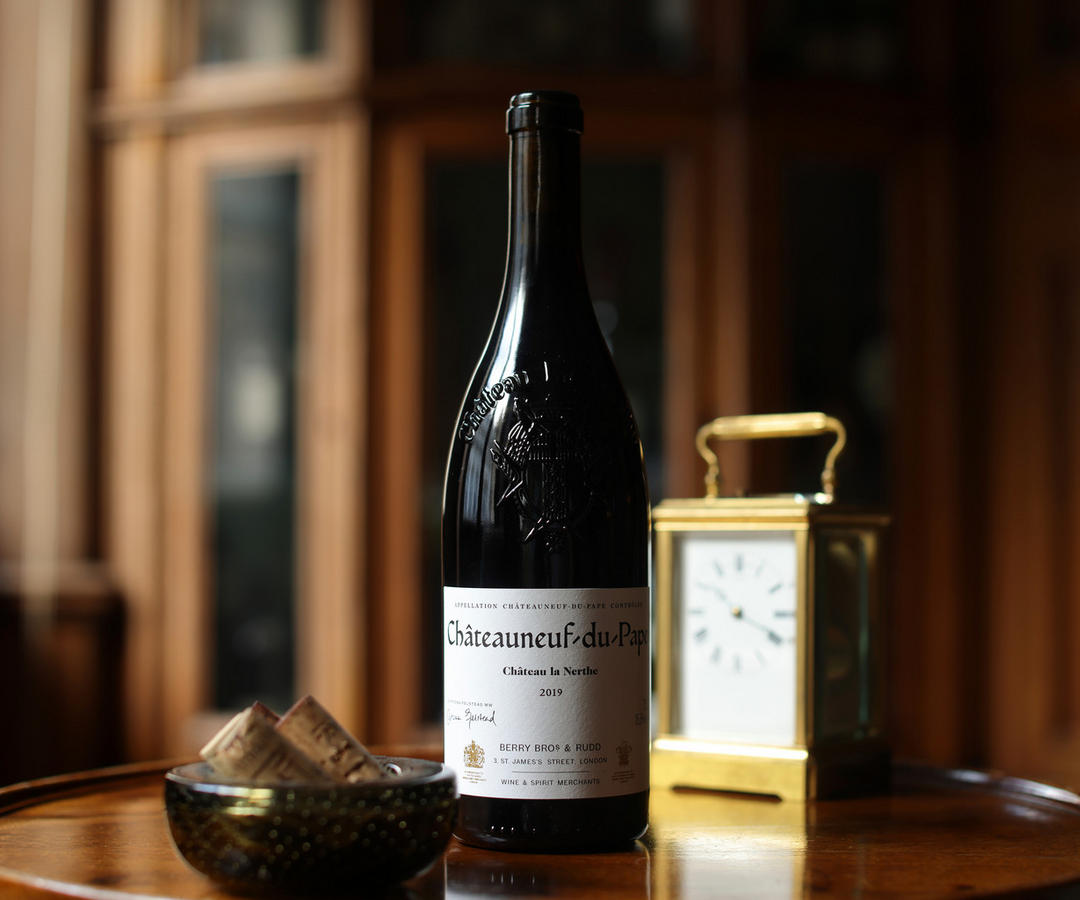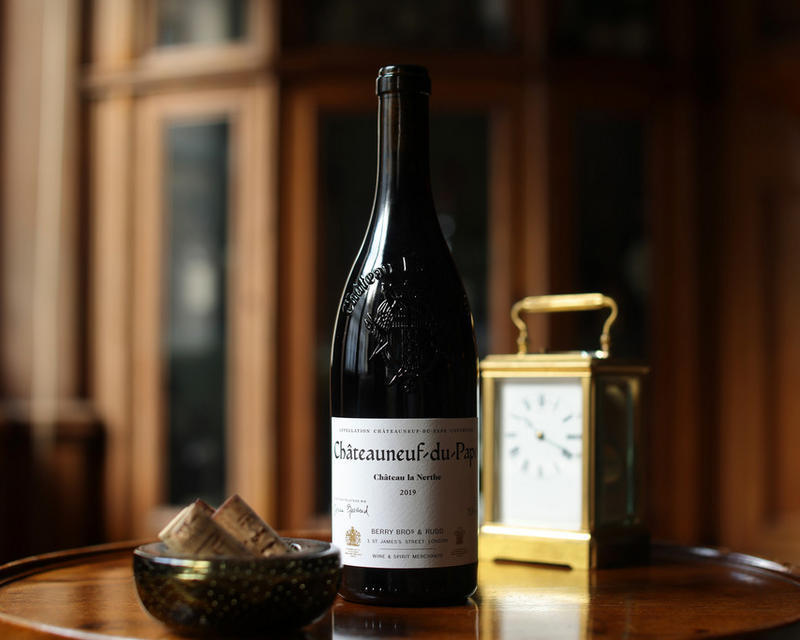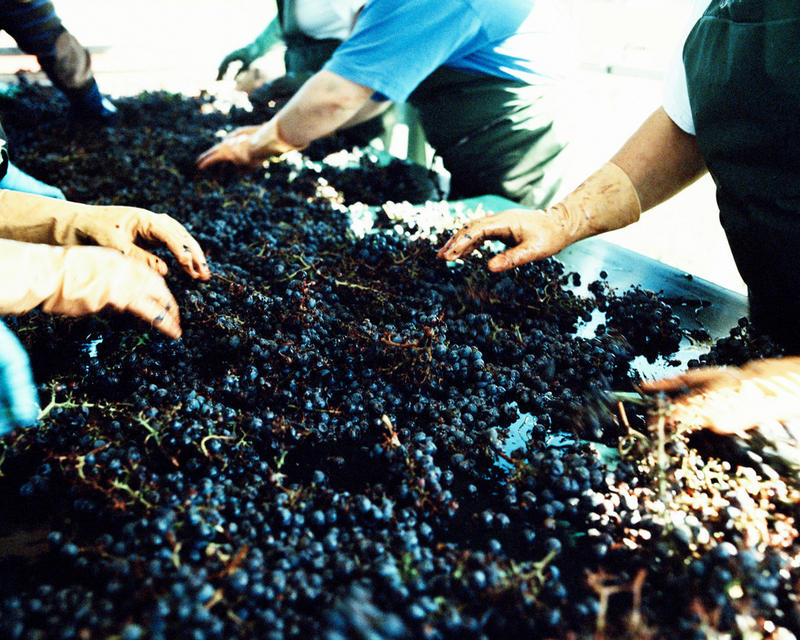Home > Editorial > Capsule-free wines
THREE-MINUTE READ
We’re all accustomed to our bottles of wine coming decorated, often eye-catchingly, with a capsule covering the top. Mark Pardoe MW, our Wine Director, looks at the purpose of the ubiquitous capsule – and why we’ve decided not to use one for our new Own Selection Châteauneuf-du-Pape.
Capsules on bottles of wine first came into use during the 18th century. The capsule’s role was to protect the cork from attack by cork weevils and other pests (and, given the social standing of wine drinkers in those days, perhaps from unscrupulous staff).
Back then, the coverings were made from lead, which was easy to mould over the top of the bottle. As lead’s toxicity became evident, it was outlawed from the 1990s onwards. Lead was replaced by a variety of substances: principally aluminium, tin and plastic. Though by then, how wine was bought and consumed had changed, and hygiene standards in the winery had dramatically improved. The purpose of the capsule had become almost entirely cosmetic – and certainly so for wines destined to be drunk within a few years of harvest.
USING RECYCLED MATERIALS
While recycling is an option for aluminium and tin, it is still an expensive and energy-hungry process. When not made from recycled material, these metals must be mined from the earth, with all the environmental ramifications that entail. And the products almost always must be imported as well: I know of a Californian producer who insisted his premium wine must have a heavyweight tin capsule, which had to be imported from Europe, only for the resultant wine to be exported back to Europe.
Plastic is also widely used as a cheaper option to tin or aluminium, and there are now capsule options made from recycled plastic. Recently, we have tried to find suitable examples, but it’s not straightforward: capsules made from recycled plastic often cause problems for the wineries we work with, as they can prove incompatible with bottling lines. There are multiple examples of wines in our Own Selection that have had to have their recycled plastic capsules applied manually – much to the frustration of the supplier.
A BETTER WAY
All of this had led us to ask ourselves: do we really need capsules on our wine bottles? As long as the wine is destined for consumption relatively soon after purchase, the answer is that we don’t. This neatly fits our Own Selection, as these are wines created to drink upon release. The first example of a capsule-free wine in the range is our new 2019 Châteauneuf-du-Pape, made for us by Château la Nerthe. We intend to roll out the initiative across as much of our own range as possible over the next year.
Offering a wine without a capsule removes unnecessary packaging. It also reduces CO2 emissions; even if we were to use recycled material, it would still have to be industrially reconstituted. Not using a capsule at all means we are not relying on environmentally damaging mining processes to produce aluminium or tin.
There is still a case for the use of capsules on wines destined for longer-term storage: capsules offer a degree of protection to the wine and the cork as both are ageing. But we would expect all our quality-conscious producers to consider their options carefully when deciding which material to use.
But when the benefits are purely cosmetic, we think it’s time to admit that we don’t really need a capsule on our bottle of wine. After all, the romance comes from pulling the cork – not from nicking our finger on the tiny shard of aluminium that we created when trying to remove the top of the capsule with the little knife on our corkscrew.









